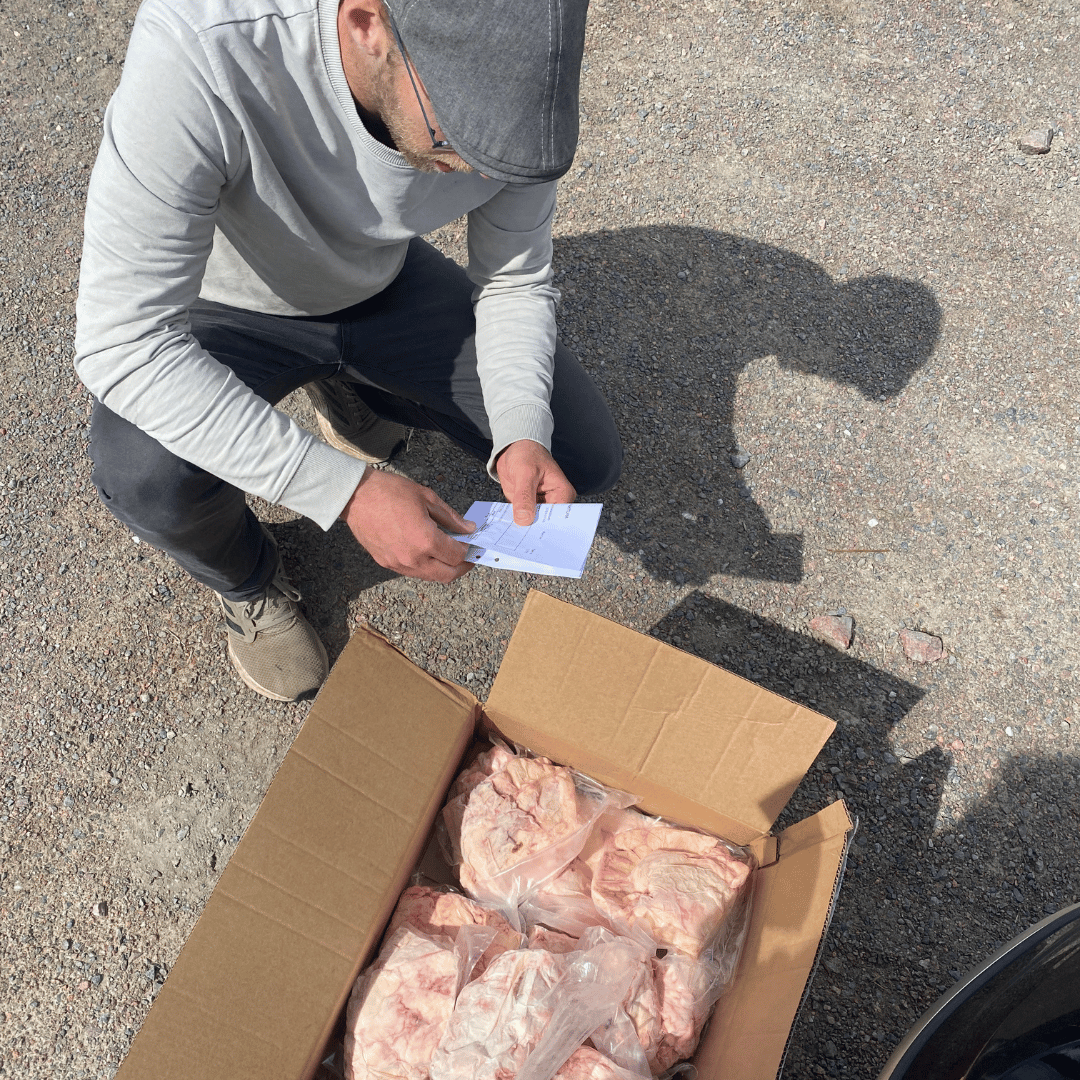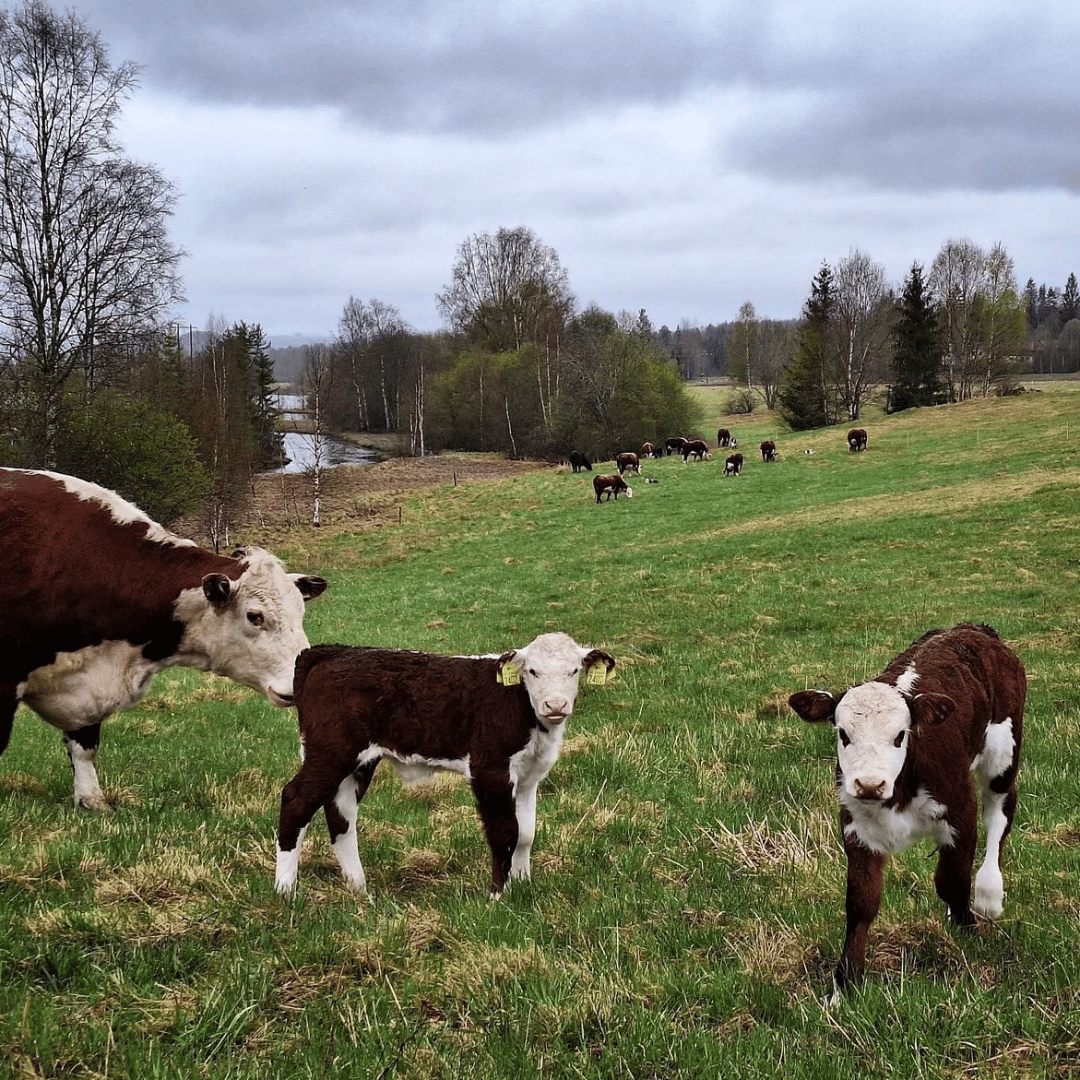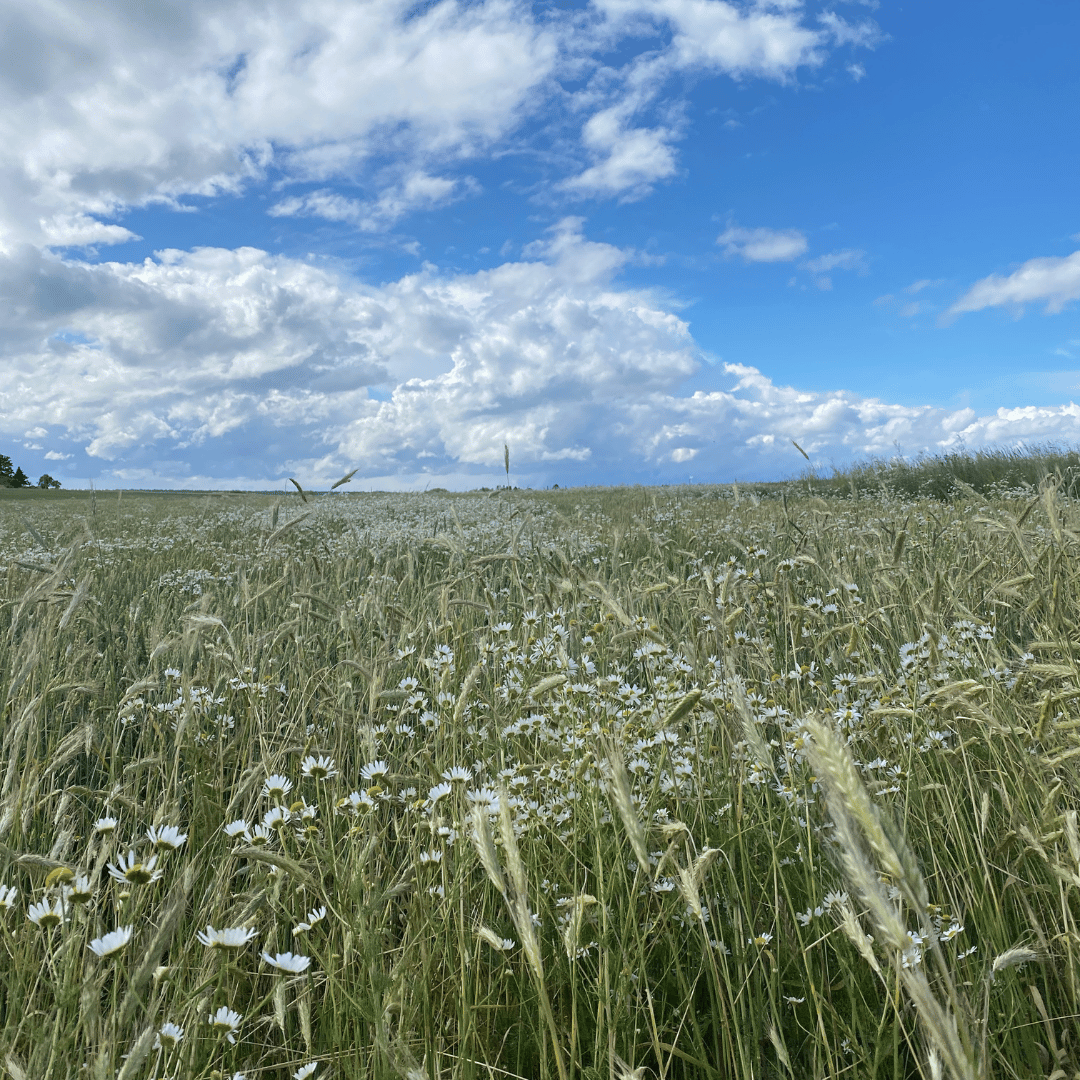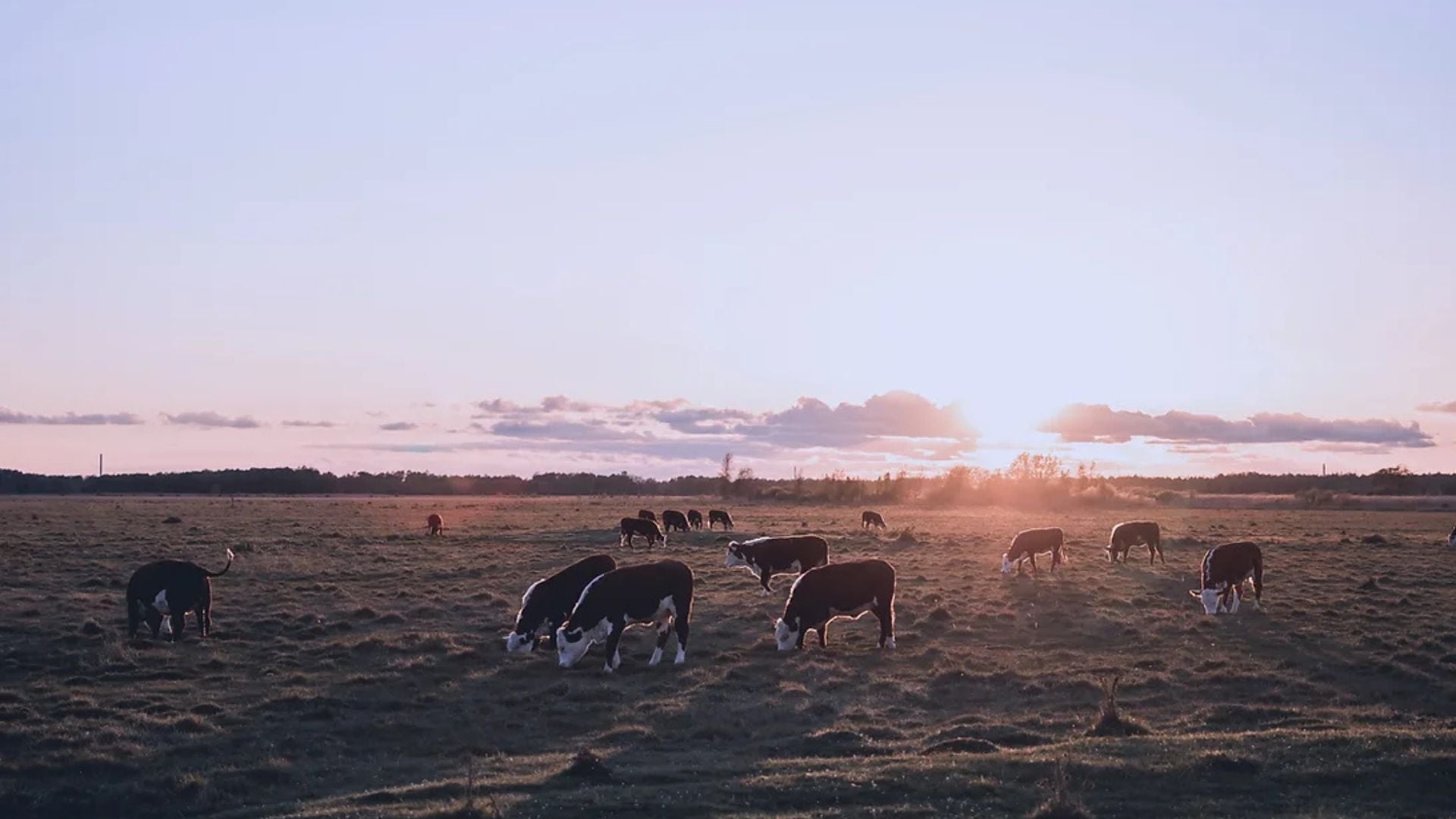

Mer talg till folket
Välkommen till Sveriges första talgbaserade hudvård. Sedan 2021 har vi kunnat erbjuda en unik hudvård baserad på svensk nöttalg.
"Even though the workers in this desert where the plants are cultivated did not use gloves, their hands were soft and not dry or calloused"
Andrew Gardner, Vintage Traditions - om hur de upptäckte att de mexikanska arbetarna använde talg att smörja händerna med.
-
Sedan 2021
Sveriges första hudvård med svensk gräsbetestalg
-
+1500 Tallow lovers
Talgprodukter testade och älskade av många
-
 Cirkulär ekonomi
Cirkulär ekonomiVi räddar en råvara och minskar svinn
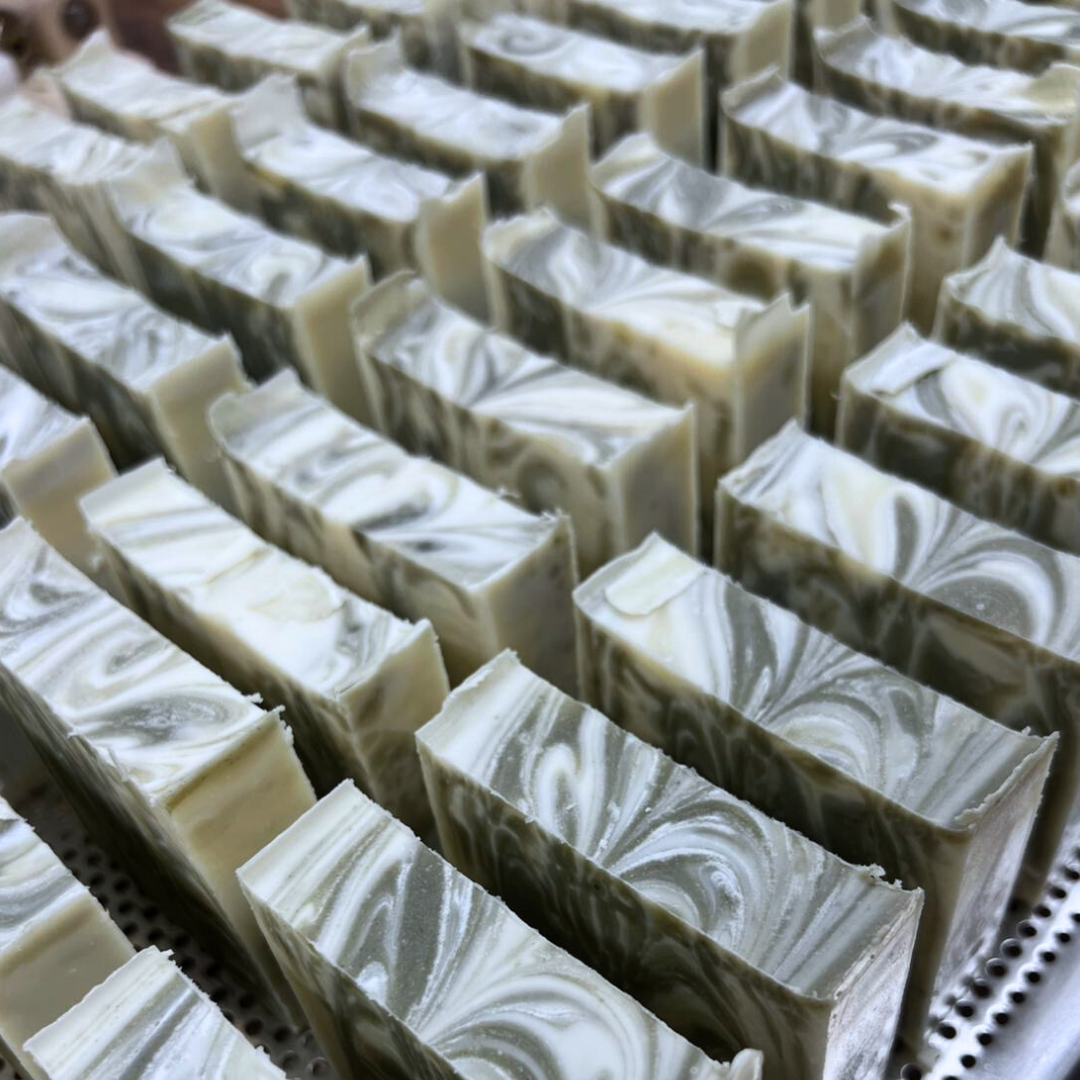

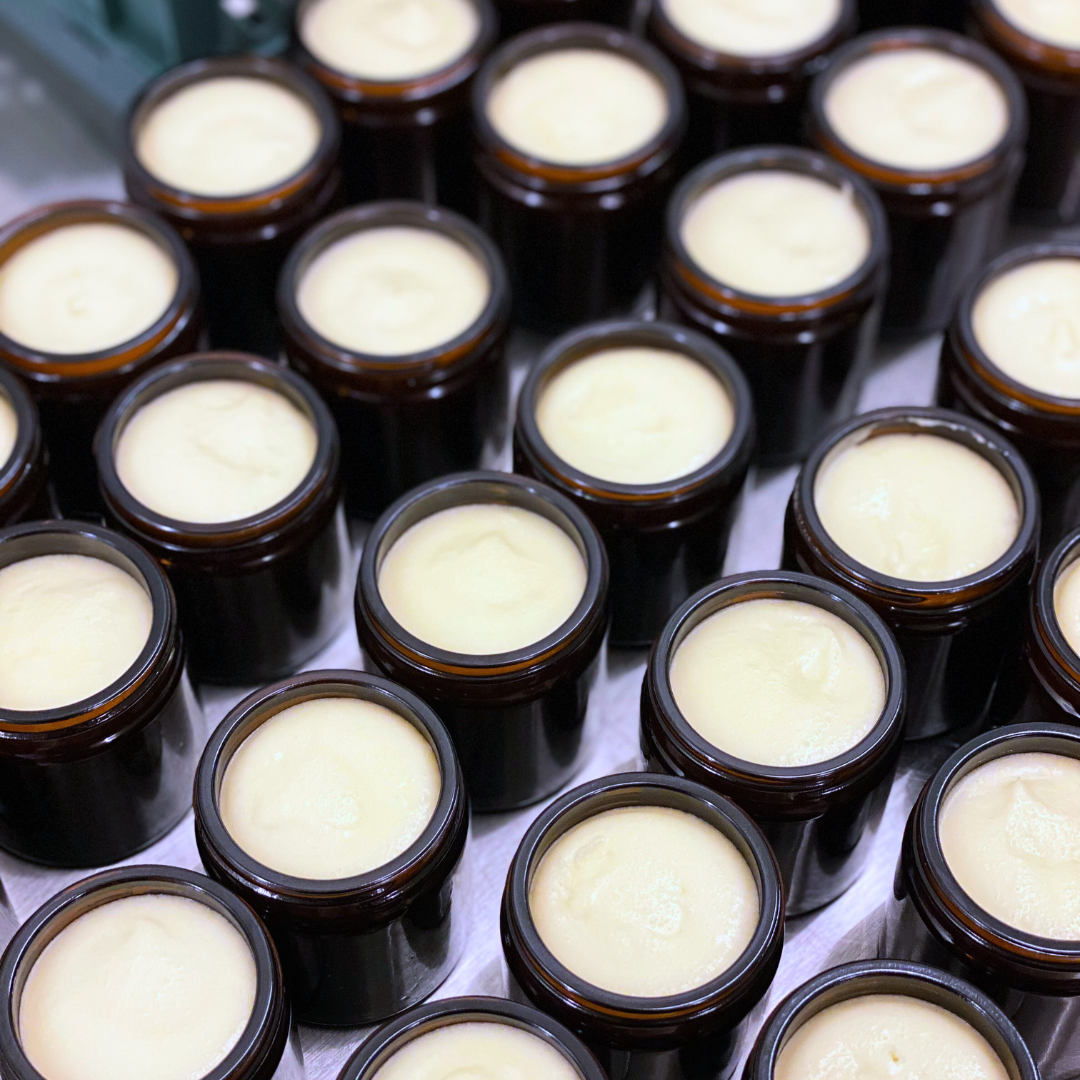

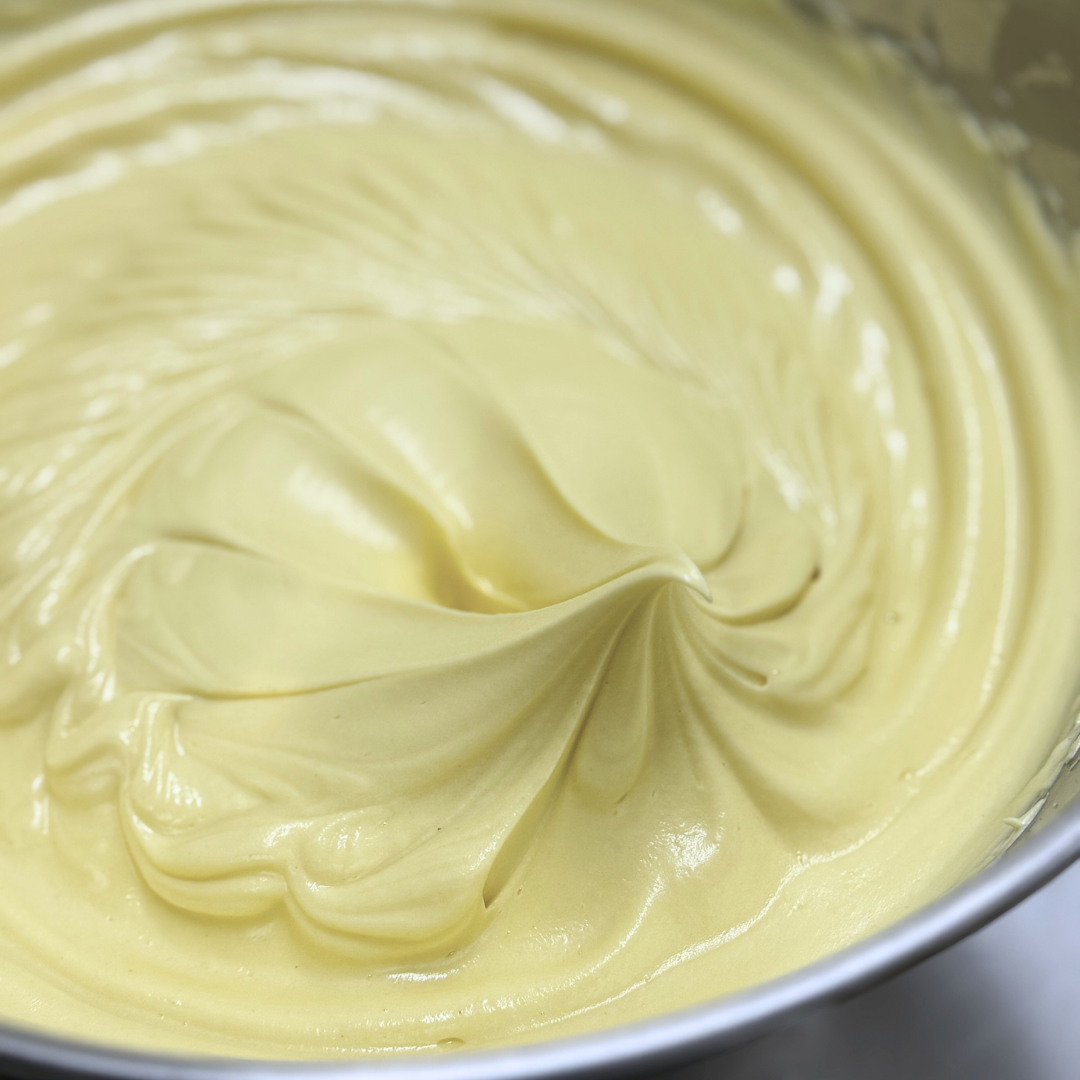

Varsamt tillverkad i Sverige och utan tillsatser eller konserveringsmedel
Därför vill man bli en tallow lover
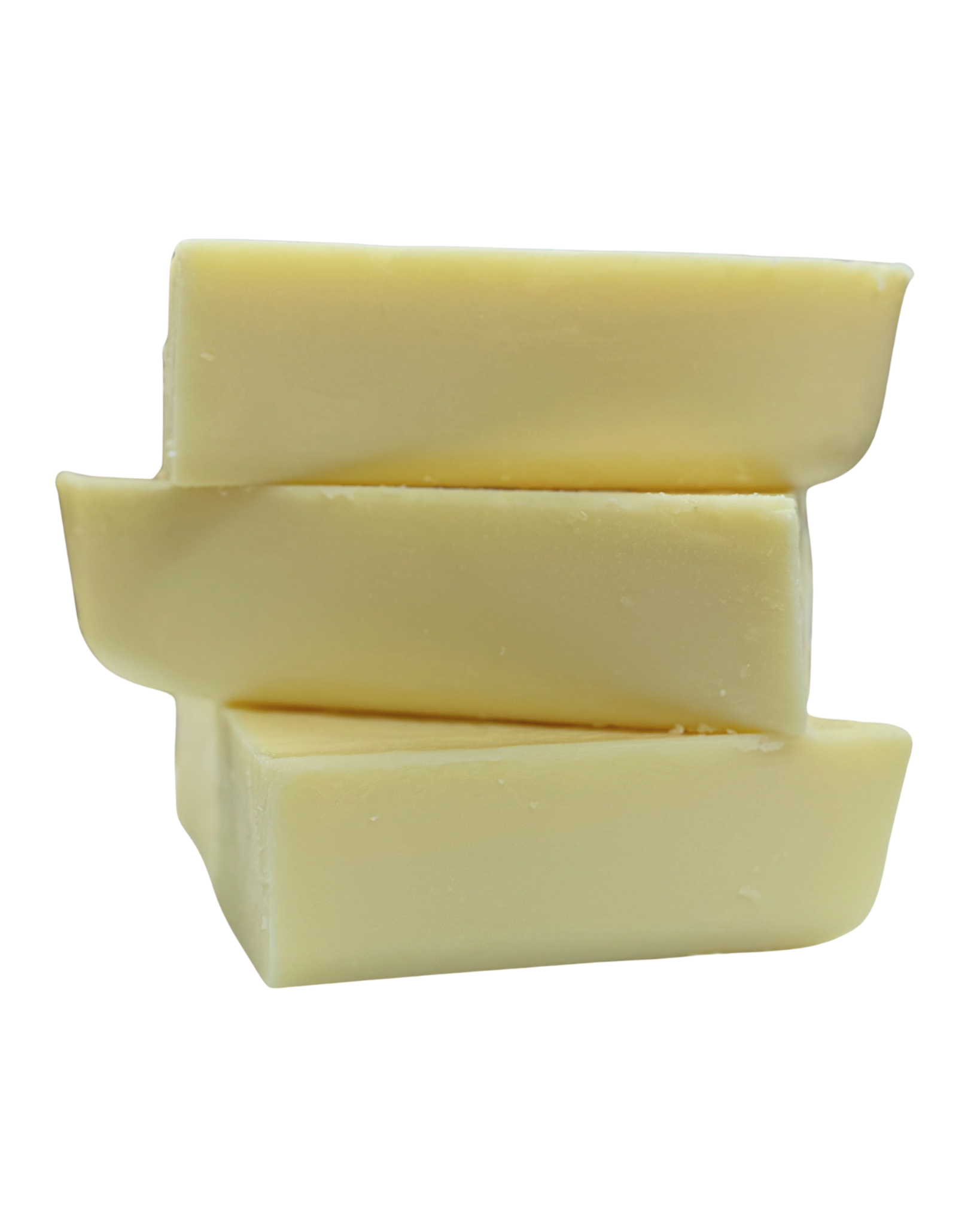
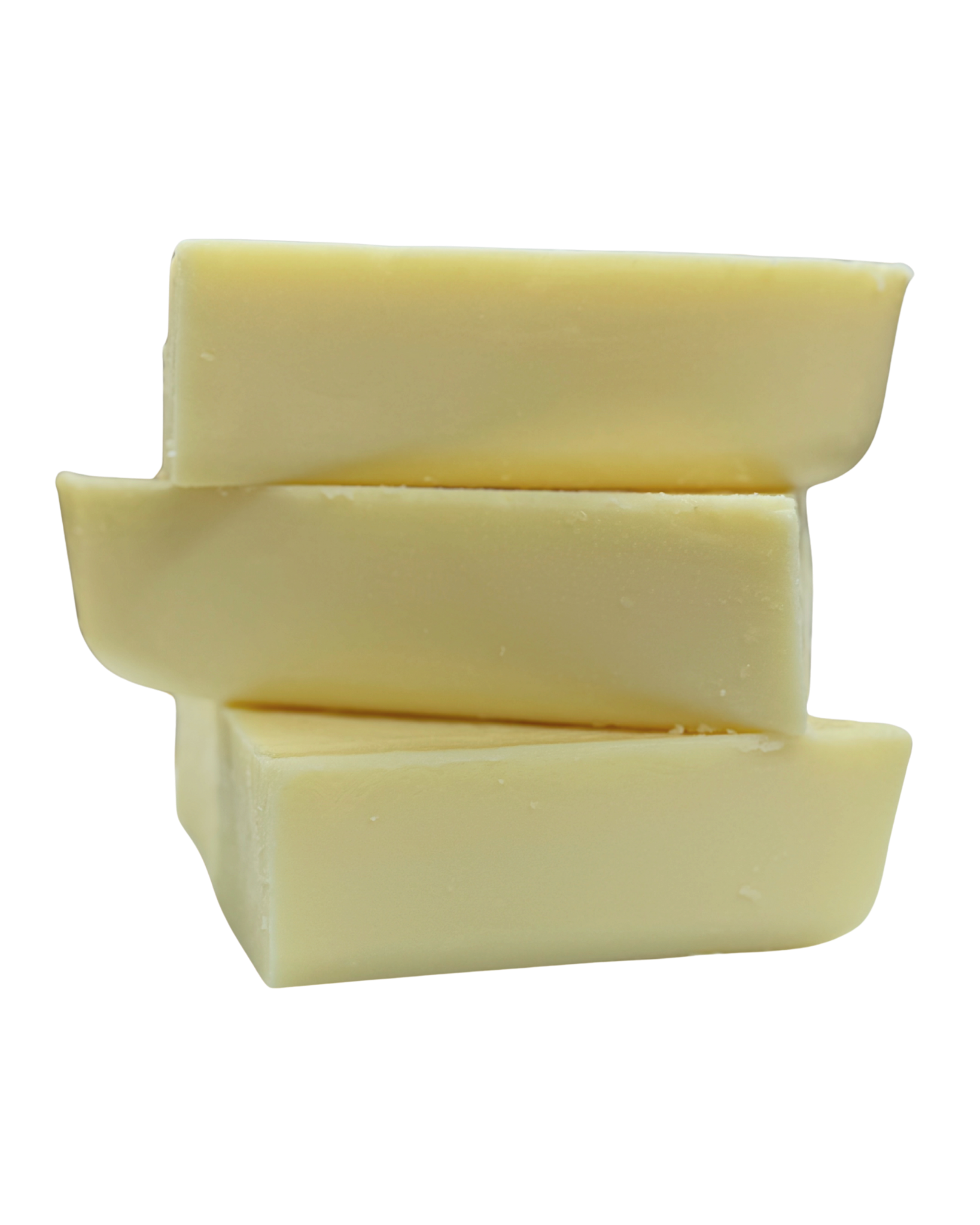
Talg liknar vår hud
Talgens likhet med vår egen huds fettsammansättning gör att den kan mima vår egen huds vårdande och skyddande effekter.
Svensk råvara
Talgen vi använder är från svenska gräsbetande kossor.
Passar även dig med känslig hud
Det finns många vittnesmål, om ej vetenskapligt stöd, för att det har en positiv inverkan på rocacea och eksem.
Naturligt med vitaminer
Talg har vitaminerna - A, D, K och inom hudvård det omtalade E-vitaminet
Mjukgörande & fuktbevarande
Med dess likhet till vår egna huds fett absorberas den effektivt och hjälper huden bevara fukt
Vi samarbetar med Svenska gårdar
Svenska gräsbetesgårdar som levererar hållbara ingredienser till vår hudvård
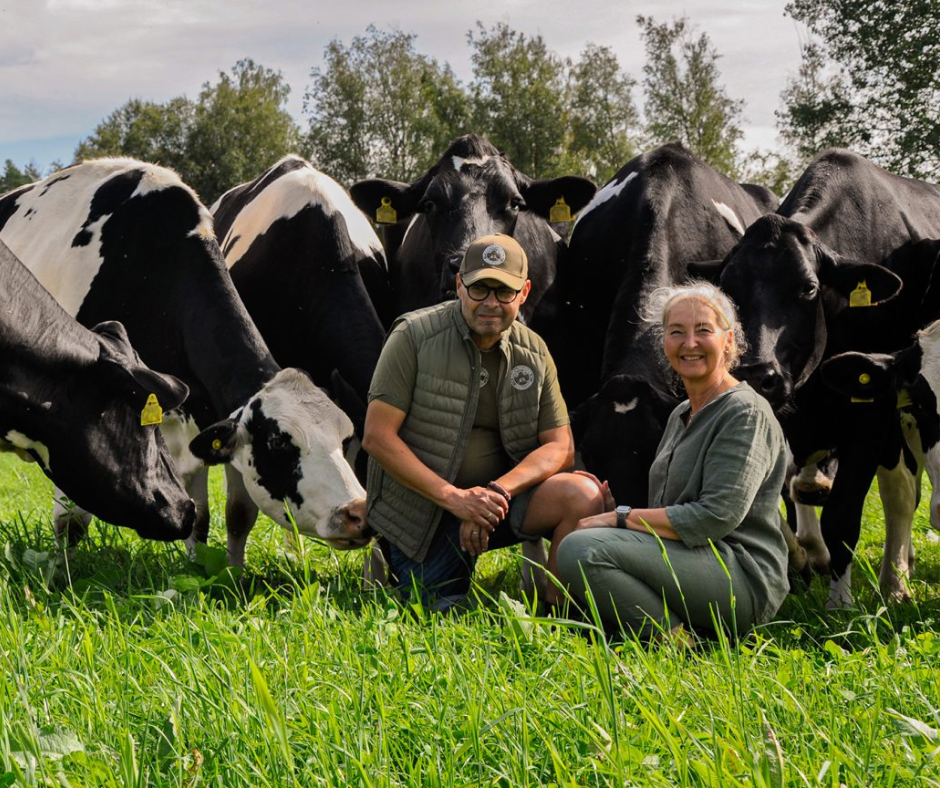

Hagshultskossorna
Vi är så glada för samarbetet med Ulrica och Carl-Johan som driver ett unikt koncept med ett stort hjärta för djurvälfärd, natur att ta vara på allt som djuren ger oss. Djuren äter endast gräs och köttproduktionen är fossilfri och klimatcertifierat. Läs mer om deras fantastiska kopensionat, konceptet recow och allt samhällsengagemang på deras egna hemsida. Hagshultskossorna ligger 5 mil söder om Jönköping.
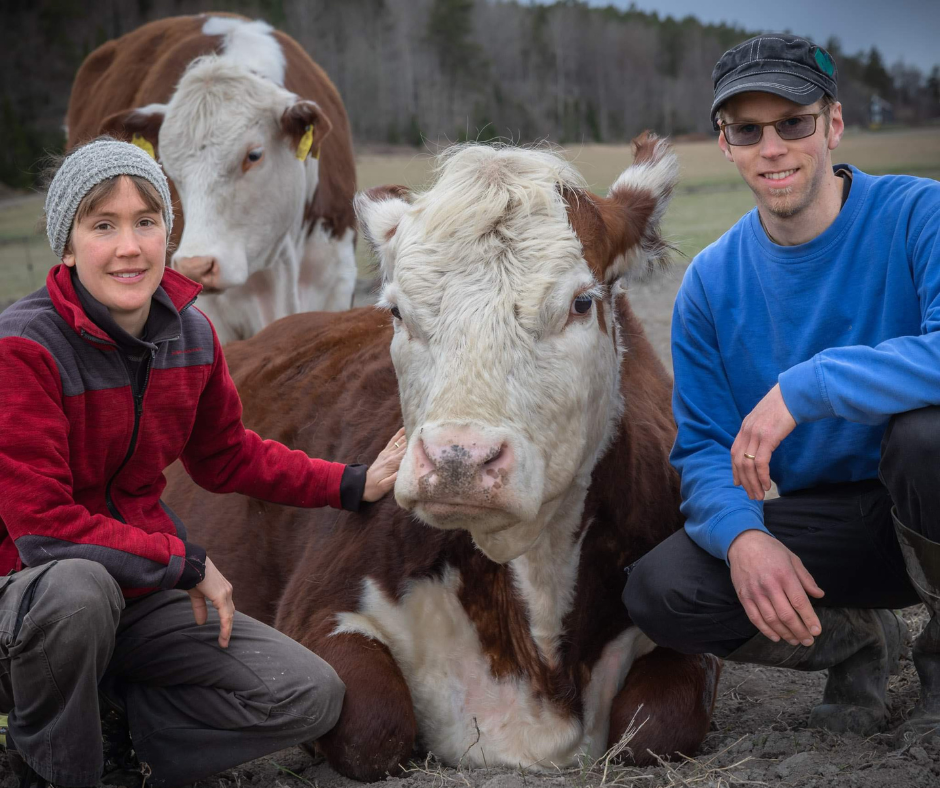

Sörtuna Gård
Gården har 50 nötkreatur som går ute året runt och 450 värphöns som sommartid går på grönbete.
Nötkött säljs i köttlådor med några utlämningsdagar per år, och fina bruna grönbetesägg finns alltid i äggboden, öppen varje dag året runt. Sörtuna Gård drivs av Linus & Sandra.
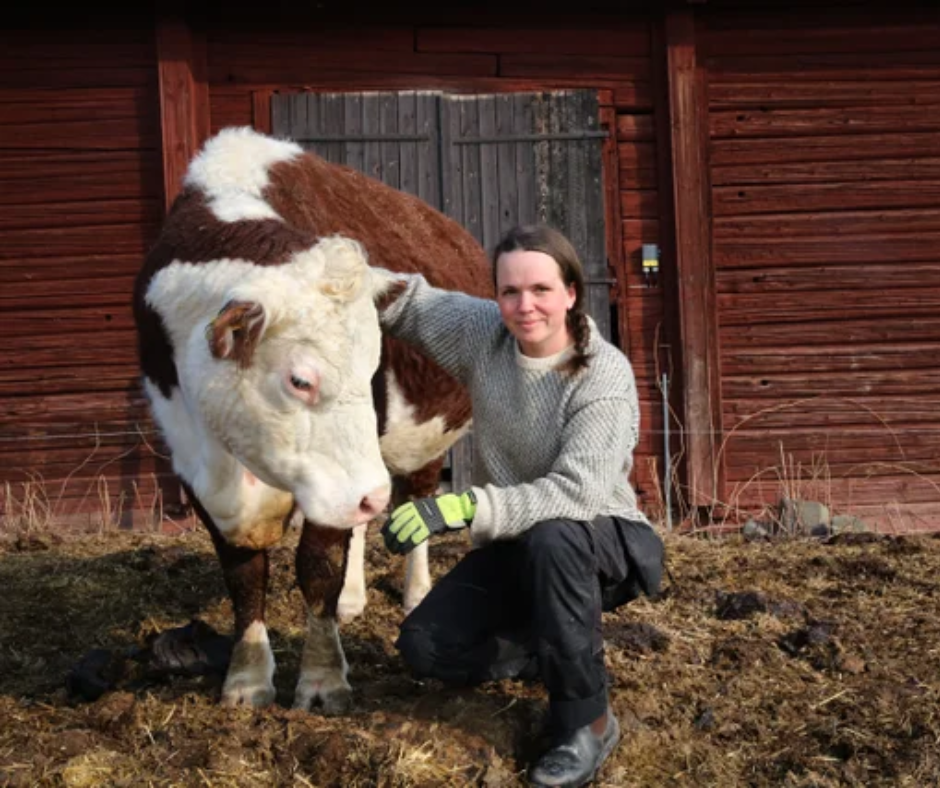

Slaktarns gård
Slaktarn’s Gård är ett familjeföretag som drivs av Kristina och Magnus. De arbetar för välmående djur, levande jord och biologisk mångfald. Sedan 2010 har de väckt liv i den gamla familjegården och producerar näringsrika råvaror som kött, ägg och grönsaker.
Verksamheten bygger på samarbete med markägare och grannar, med fokus på hållbarhet och regenerativt jordbruk.
Vanliga frågor & svar om talg
Själva tanken att smörja in sig med djurfett är kanske inte så lockande initialt. Det låter mer som något våra förfäder levandes i grottor sysslade med. Inte den moderna människan som har sofistikerade laboratorium och möjlighet till exakta råvaror och delikata ingredienser för den perfekta hudkrämen.
Faktum är att människan har använt talg under lång tid inom vård och hemmabruk. Det verkar nu enligt studier som att de visste precis vad de gjorde!
Förr i tiden tog man vara på allt som djuret hade att ge. Fettet var en viktig källa till energi och näring. De feta delarna, till skillnad från idag, var eftertraktade. Under de senaste århundraden kan man läsa om talgen som ingrediens i hemmavård, såsom ljus och tvålar. I samband med att man såg mättat fett som något ohälsosamt från 50-talet så försvann fettet både från maten och från hudvården. Fettskräcken sitter djupt rotat i oss än idag och de vegetabiliska oljorna har fått stort genomslag under de senaste decennierna i kölvattnet av demoniseringen av animaliskt fett.
Idag finns inga studier som kan visa på att mättat fett kan orsaka sjukdom. Det har grundligt genomgåtts i många ansenliga granskningar det senaste decenniet. Faktum är att det finns idag studier som visar på det mättade fettets viktighet för oss människor.
Talg heter "sebum" på latin och betyder våra talgkörtlar i huden som är vår egen kroppsegna mjukgörare och reglerar fukt och fett i vår hud.
Var beredd på att trilla av stolen! Du är nu på väg att få lära dig om den perfekta hudvården.
Talg är fett från nötdjur. Precis som oss människor så har den underhudsfett och fett som sitter runt organen. Detta fett kallas för talg. Till vår hudkräm använder vi endast det talg som sitter runt djurets njurar. Så kallad njurtalg. Den är hälsosam att både äta och smörja på huden för dess höga innehåll av vitaminer, mineraler och optimal fettsammansättning.
Den perfekta hudvården på så sätt att talgen är nästan identisk med vår egen fettsammansättning i huden. Våra cellers membran består till stor del av fettsyror och 50% av det är mättat fett. Du har förmodligen bara hört om mättat fett i samband med mat - som smör - men det är en essentiell del av vårt cellmembran. Det mättade fettet ger vår hud elasticitet och stabilitet.
Talgens likhet med vår egen hud gör att den kan mima vår egen huds vårdande och skyddande effekter. Människan är ett djur så ingredienser från djurriket är mer logiskt för oss än växtriket när det kommer till att hitta naturlig hudvård för oss.
Utöver den optimala fettsammansättningen innehåller talg viktiga fettlösliga vitaminer - A, D, K och inom hudvård det omtalade E-vitaminet. Talgen vi använder är från svenska gräsbetande kravmärkta djur vilket ger en optimal balans i fettsyrorna omega-3 och omega-6 och 9 (alfa linolensyra och linolensyra).
En perfekt näringsrik skin food!
Låt oss titta lite närmare på innehållet i talg och vilken effekt det kan ha på vår hud;
Vitaminerna A, D, E och K - är viktiga näringsämnen och fettlösliga både för vår insida och utsida. Kom ihåg att huden är vårt största organ och tillgodogör sig näring även den vägen. Dessa vitaminer finns det mycket av i just talgen.
Omega3 och omega 6 fettsyror - Balansen av dessa två är nästan optimal dvs 1:1 i fett från gräsbetande djur. Det ger därmed en bra balans i antiinflammatoriska effekter för huden. Det finns många vittnesmål, om ej vetenskapligt stöd, för att det har en positiv inverkan på rocacea och eksem.
Stearinsyra och oljesyra - är fettsyror som finns mestadels i vårt yttre hudlager och i våra talgkörtlar. De mjukgör, återfuktar, återskapar och har en antiinflammatorisk effekt. Stearinsyran har en reparerande effekt och underhåller hudens flexibilitet. Oljesyran är stöd för att näringen ska kunna tränga ned djupt i huden.
Konjugerad linolsyra - ofta nämnd som CLA inom hudvård och används för dess antiinflammatoriska effekter och är också antimikrobiell.
Palmitolsyra - har en aktiv antimikrobiell effekt. Det är också en av vår huds beståndsdelar men som också minskar ju äldre vi blir.
Palmitinsyra - hjälper vår hud att hålla sig len och följsam. Något som också minskar med åldern.
Nöttalgen som ni ser är en fantastisk boost till näring och innehåller byggstenar vår kropp väl känner till och kan använda för att reparera, mjukgöra, återfukta och underhålla vår hud.
Talg är som din egen hud och absorberas lätt.
Då talgens sammansättning är nästan identisk med vår egen hud så tas den upp och absorberas lätt av vår hud. Kroppen känner helt enkelt igen den!
Enligt den komedogeniska skalan - som visar på hur sannolikt fettkällor i kosmetika kan täppa igen porer - så hamnar talg lågt på en femgradig skala. Både kokosfett och avokadofett samt sojaolja bedöms kunna täppa igen dina porer mer.
Men precis som mycket annat så kan det bli lite för mycket av det goda. Det vill säga - "little goes a long way" - om du upplever att det inte går in i din hud har du antagligen applicerat för mycket.
Modern forskning bekräftar talgens positiva egenskaper för vår hud:
- Fallon, Sally, Enig, Mary G., PhD (2001). Nourishing Traditions. NewTrends Publishing, Inc., Washington: 11.
- Fallon: 18.
- James, William D.; Berger, Timothy; Elston, Dirk M. (2006). Andrews' Diseases of the Skin: Clinical Dermatology. Saunders Elsevier: 7.
- Thody, A. J.; Shuster, S. (1989). "Control and Function of Sebaceous Glands". Physiological Reviews. 69 (2): 383–416.
- Barbara Boughton, Ph.D., Victor R. Wheatley, Ph.D. (August 1959). "The Fatty Acid Composition of the Skin Surface Fat ('Sebum') of Normal Human Subjects", Journal of Investigative Dermatology, Volume 33, Issue 2
- Cheng JB, Russell DW (September 2004). "Mammalian Wax Biosynthesis: II. Expression Cloning of Wax Synthase cDNAs Encoding a Member of the Acyltransferase Enzyme Family"
- Ip, C, J.A. Scimeca, et al. (1994). "Conjugated linoleic acid. A powerful anti-carcinogen from animal fat sources." Cancer 74(3 suppl):1050-4.
- Fallon: 19.
- Enig, Mary G., PhD (Winter 2007). Wise Traditions in Food, Farming and the Healing Arts. "Some Recent Studies on Fats".
